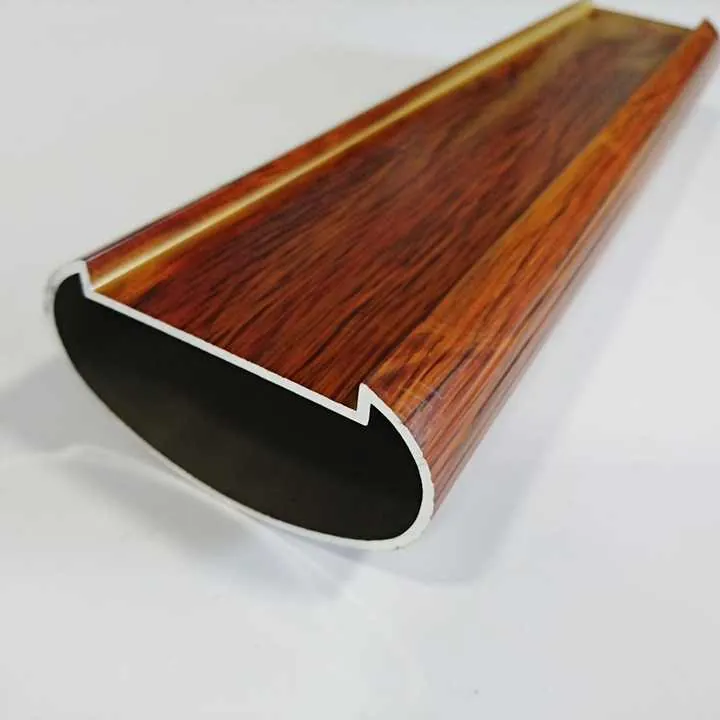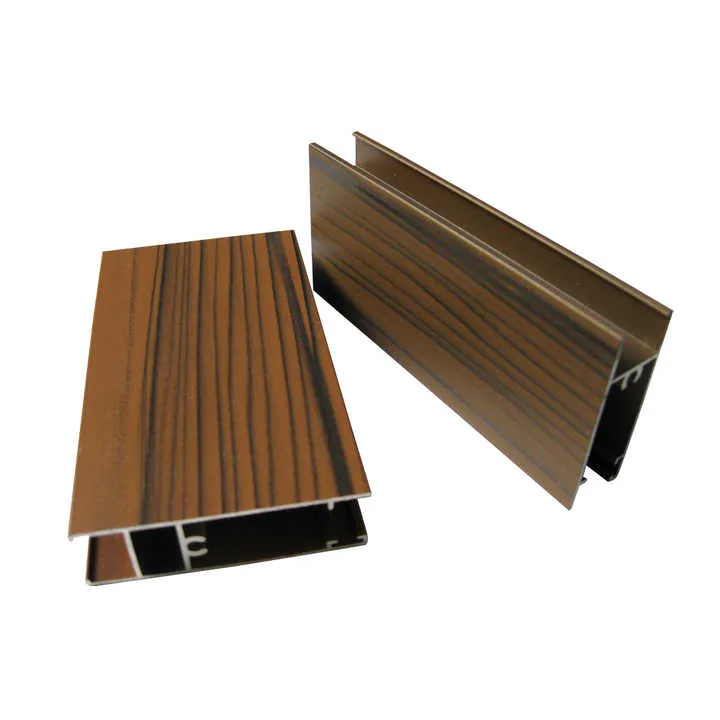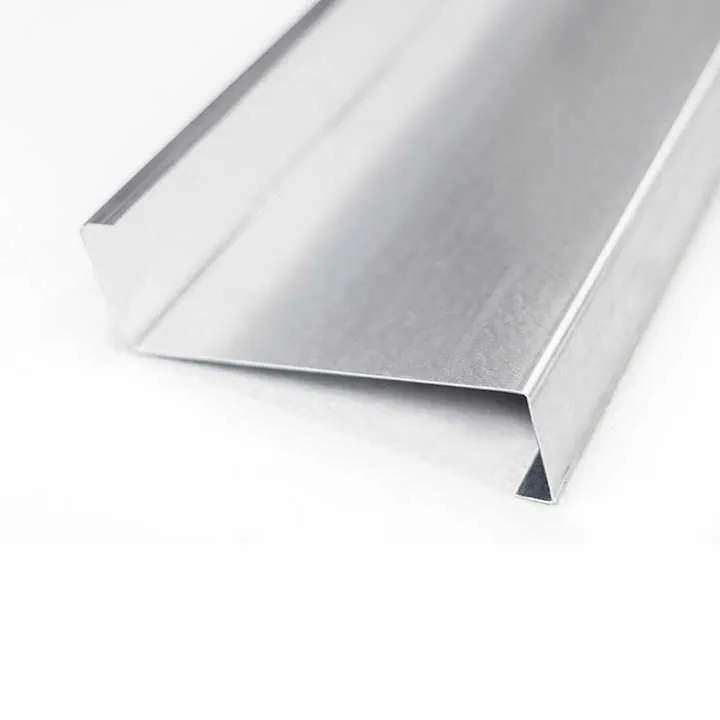Aluminum vs Stainless Steel Cookware?

Choosing cookware seems simple until you realize the material can affect safety, flavor, and performance in your kitchen.
Aluminum heats faster and is lighter, while stainless steel is more durable and safer with acidic foods. Each has its strengths, depending on how you cook.
Let’s compare these two materials side-by-side, so you can choose the right one for your kitchen style and cooking habits.
Which is safer for everyday cooking?
Safety should come first—especially when it involves food contact. Not all metals behave the same when exposed to heat and ingredients.
Stainless steel is generally safer for everyday cooking, especially when preparing acidic or salty foods.

Aluminum is lightweight and conducts heat well. But it’s reactive. When it contacts acidic or salty foods like tomatoes, vinegar, or citrus, it can leach into the food. Some aluminum cookware is coated or anodized to solve this problem—but if the coating is scratched, leaching can still occur.
Stainless steel is stable. It doesn’t leach, even when cooking acidic dishes. It’s also more scratch-resistant and doesn’t rust easily. That’s why many professional kitchens use stainless steel for everyday tasks.
Cookware Safety Comparison
| Feature | Aluminum Cookware | Stainless Steel Cookware |
|---|---|---|
| Reactivity | Can react with acidic foods | Non-reactive |
| Coating safety needed? | Yes (if uncoated) | No |
| Rust resistance | Can corrode over time | Very rust-resistant |
| Safe with all foods? | Not always | Yes |
For regular home cooking, especially if you cook a wide variety of foods, stainless steel is the safer and more consistent option.
Uncoated aluminum cookware can leach metal into food, especially with acidic ingredients.True
Aluminum is reactive and can transfer into food when exposed to acids or salts.
Stainless steel reacts with tomatoes and vinegar, making it unsafe.False
Stainless steel is non-reactive and safe for acidic foods.
Which heats faster, aluminum or stainless steel?
When you’re hungry, waiting for pans to heat up feels like forever. But some materials speed up the process.
Aluminum heats up faster and distributes heat more evenly than stainless steel.

Aluminum has excellent thermal conductivity. That means it absorbs and spreads heat quickly across the pan. This reduces hot spots, so food cooks more evenly.
Stainless steel heats slowly and unevenly on its own. That’s why many stainless pans have an aluminum or copper core. The core solves the heat issue while keeping stainless on the surface for safety and durability.
Thermal Conductivity Comparison
| Property | Aluminum | Stainless Steel |
|---|---|---|
| Heat-up time | Very fast | Slow |
| Heat distribution | Even | Uneven unless layered |
| Reaction to temp change | Quick response | Slower response |
| Use in induction cooktops | Needs added layers | Works well in multi-ply forms |
Aluminum is better when quick heating is needed—like sautéing. Stainless works better for slow simmering and browning when even temperature control is more important.
Aluminum cookware heats faster than stainless steel because it has higher thermal conductivity.True
Aluminum’s heat conductivity is over four times higher than stainless steel.
Stainless steel naturally heats faster than aluminum.False
Stainless steel has poor thermal conductivity and heats slower unless modified.
Is aluminum cookware more reactive with food?
A shiny surface doesn’t always mean stable chemistry. Some metals change during cooking.
Yes, aluminum cookware is more reactive with food, especially with acidic, salty, or spicy dishes.

Uncoated aluminum reacts with tomatoes, vinegar, lemon juice, and even salt. This can lead to a metallic taste and discoloration in food. Over time, the pan’s surface may pit or stain.
Most modern aluminum cookware is anodized or non-stick coated. Anodizing hardens the surface and makes it less reactive. However, if scratched or worn, the exposed metal underneath can still react.
Stainless steel is far more stable. Even after years of use, it remains non-reactive. That’s why it’s used in food processing, surgical tools, and laboratory equipment.
Reactivity Breakdown
| Metal Type | Reactivity Level | Notes |
|---|---|---|
| Bare aluminum | High | Avoid with acidic foods |
| Anodized aluminum | Low–moderate | Stable unless coating is damaged |
| Stainless steel | Very low | Safe for all types of cooking |
If you cook a lot of curries, sauces, or marinated dishes, stainless steel is the better long-term choice.
Aluminum cookware can change the taste and color of acidic dishes.True
The metal reacts chemically with acidic foods, altering flavor and appearance.
Anodized aluminum is just as reactive as bare aluminum.False
Anodizing forms a stable oxide layer that reduces reactivity significantly.
How do durability and weight compare between them?
Not all cookware is built to last—or to lift easily. Material matters more than you think.
Stainless steel is more durable and long-lasting, while aluminum is lighter and easier to handle.

Aluminum is soft. It scratches and dents more easily. If dropped, it may warp. But it’s much lighter. Great for people who cook often and prefer lighter pans.
Stainless steel is tougher. It resists dents, warping, and scratching. It can go from stove to oven to dishwasher without issue. Most premium cookware uses multiple stainless layers over an aluminum or copper core for strength and heat performance.
Durability and Weight Comparison
| Feature | Aluminum Cookware | Stainless Steel Cookware |
|---|---|---|
| Scratch resistance | Low | High |
| Impact resistance | Moderate | Excellent |
| Lifespan | 3–5 years (uncoated) | 10+ years |
| Weight | Very light | Heavier |
Durability depends on how often you cook, and how rough you are on your tools. If you value longevity, go with stainless. If you need something easier to lift, aluminum is a better fit.
Stainless steel cookware is more likely to dent or warp than aluminum.False
Stainless steel is harder and more resistant to dents or warping than aluminum.
Aluminum cookware is lighter, making it easier to handle for everyday cooking.True
Aluminum’s lower density makes it easier to lift, especially in larger sizes.
Conclusion
Both aluminum and stainless steel cookware have strengths. Aluminum heats faster and is lightweight. Stainless steel lasts longer and is safer with acidic foods. Choose based on your cooking style, food choices, and kitchen needs.



